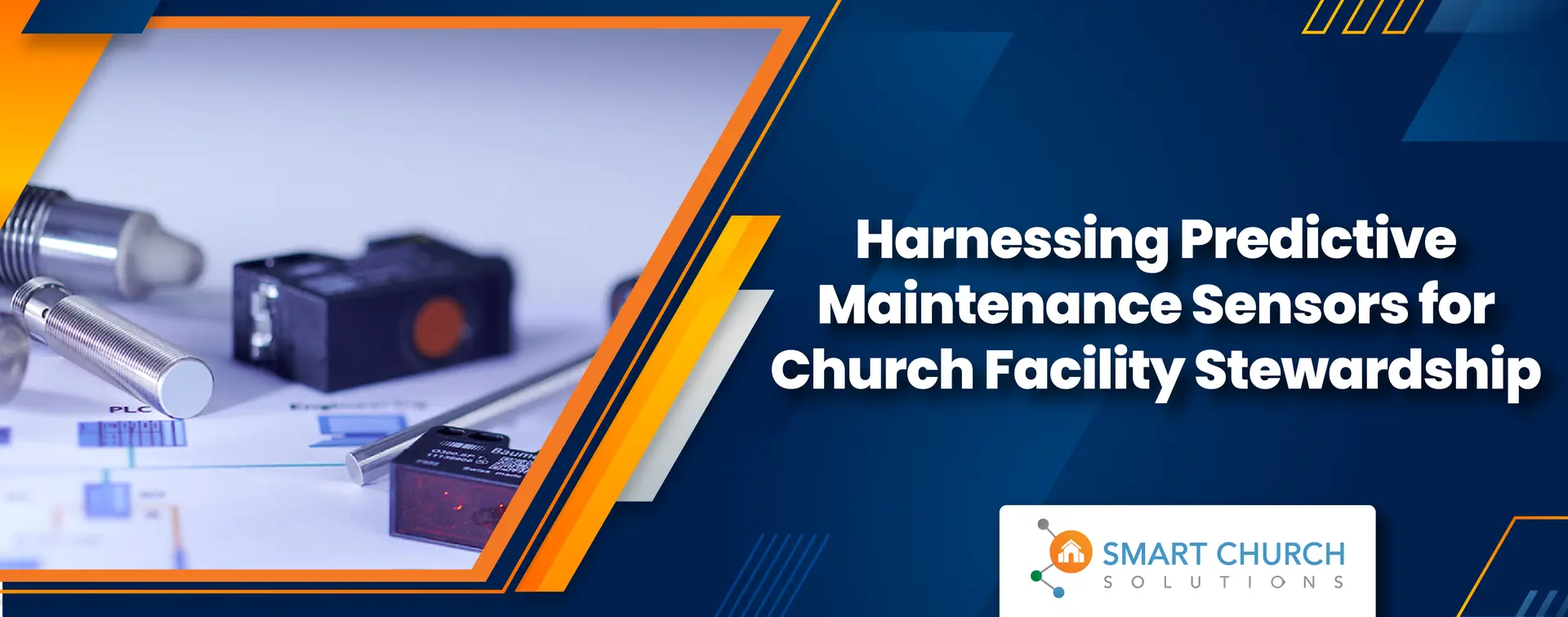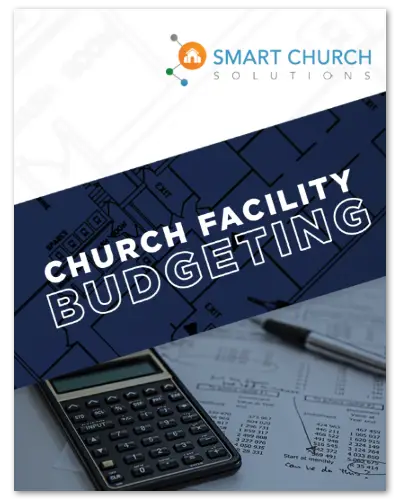In church facility management, ensuring the property’s longevity, safety, and operational efficiency is paramount. One innovative approach that has significantly transformed how we manage and maintain church facilities is the adoption of predictive maintenance (PdM) sensors. These advanced technological tools are not just for industrial or commercial spaces; they hold immense potential for churches, helping to foresee and prevent issues before they escalate into costly repairs or safety hazards.
Understanding Predictive Maintenance Sensors
Predictive maintenance (PdM) sensors monitor various conditions and performance metrics of equipment and infrastructure. They can track everything from temperature, humidity, vibrations, and electrical currents to more complex data points that indicate a system’s health. By analyzing this data, facility managers can predict when equipment might fail or when structures need repairs. In turn, this allows for timely maintenance actions that can prevent disruptions and save resources.
Benefits for Church Facilities
Predictive maintenance for church facilities has many benefits, including cost savings, enhanced safety, operational efficiency, minimized disruptions, and data-driven decision-making.
1. Cost Savings
The most immediate benefit of predictive maintenance is the cost savings it offers. By addressing potential issues before they become serious, churches can avoid the higher costs associated with emergency repairs or replacements. This proactive approach extends the lifespan of equipment, reducing the need for frequent replacements.
2. Enhanced Safety
Churches are not just buildings; they are gathering places for communities. The safety of congregants is a priority, and predictive maintenance sensors play a crucial role in ensuring that electrical systems, heating and cooling systems, and structural integrity are all maintained to prevent accidents or hazardous conditions.
3. Operational Efficiency
Predictive maintenance ensures that church facilities operate efficiently. For example, HVAC systems can be kept in optimal condition, ensuring they use energy efficiently and maintain comfortable temperatures for congregants during services and events.
4. Minimized Disruptions
Planning maintenance based on predictive data means that repairs can be scheduled at convenient times, reducing disruptions to church activities. This is especially important for churches hosting daily or weekly events, as it ensures that facilities are always available.
5. Data-Driven Decisions
The insights gained from predictive maintenance sensors empower church facility managers to make informed decisions about repairs, replacements, and upgrades. This data-driven approach allocates resources wisely, prioritizing the most critical maintenance tasks.
Applications in Church Facilities
Sensor technology has many diverse applications in church facilities, ranging from monitoring HVAC systems to safeguarding electrical and plumbing systems. Learn how these sensors contribute to maintaining a safe, comfortable environment for congregants while preventing potential hazards and conserving resources.
- HVAC Systems: Sensors can predict failures or inefficiencies in heating, ventilation, and air conditioning systems, ensuring a comfortable environment for worship and activities. This can include vibration sensors, humidity sensors, and even air quality monitoring.
- Electrical Systems: Monitoring electrical circuits and equipment can prevent overloads and detect deteriorating components before they cause power outages or fires.
- Plumbing Systems: Water leak detectors and flow sensors can identify leaks or blockages in plumbing systems, preventing water damage and conserving water.
- Fire Suppression Systems: Can detect temperature or smoke level changes, triggering alarms and activating sprinkler systems in case of fire emergencies.
- Refrigeration Equipment: Monitor temperature levels and detect fluctuations indicating potential malfunctions or failures.
- Security Systems: Integrating sensors with security systems can enhance the safety of church premises by detecting unusual activities or malfunctions in security equipment.
Implementing Predictive Maintenance in Your Church
Adopting predictive maintenance in a church setting begins with assessing the facility’s needs and identifying critical systems that would benefit most from predictive monitoring. Engaging with technology providers who specialize in predictive maintenance solutions for facilities is a good starting point. Training for facility managers and staff on how to interpret sensor data and implement maintenance actions is also crucial for the success of predictive maintenance programs.
Conclusion
Predictive maintenance sensors represent a proactive leap forward in church facility stewardship. It aligns with the stewardship responsibilities of church administrators by ensuring that facilities are maintained efficiently, safely, and cost-effectively. In doing so, churches can focus more on their core mission of serving their communities, ensuring that their facilities are well cared for and operational challenges are addressed before they escalate. As technology continues to evolve, the potential for predictive maintenance to transform church facility management is boundless, offering a path to sustainability and resilience for religious communities worldwide.








